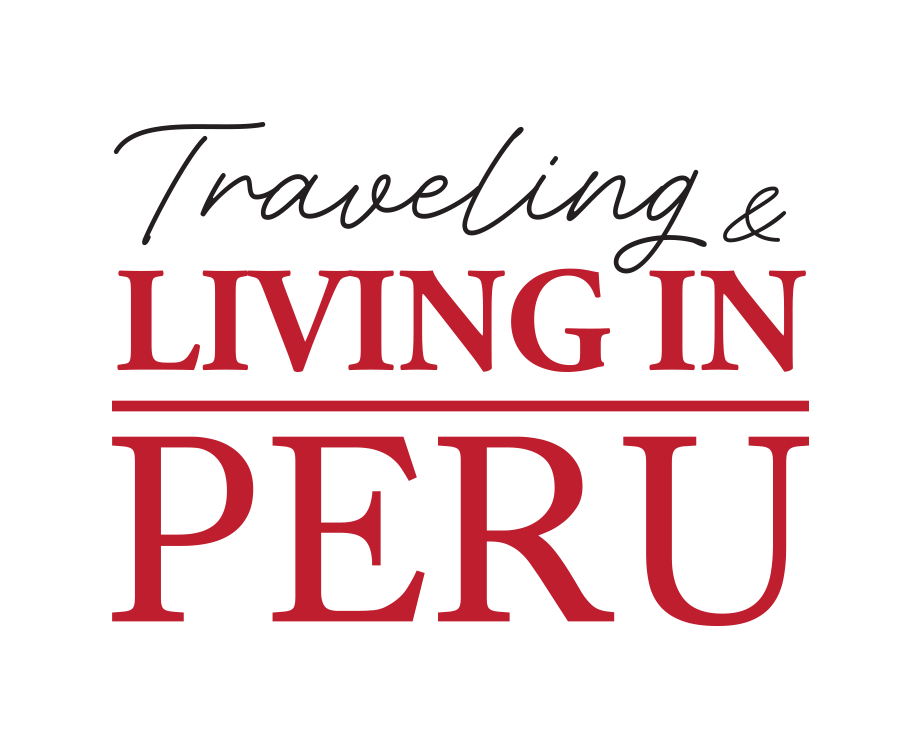The gigantic stone structures of Tres Cañones in Cusco sit between rivers in a lush valley, making it a sight to behold and an adventure worth taking.
The Tres Cañones, or Three Canyons, of Suykutambo was declared a National Area of Conservation in 2017, thanks to the efforts of three farming communities living in the area: Manturca, Serritambo and Mamanihuayta. It comes as no surprise that they would fight for this recognition in order to preserve and build a sustainable tourist route to this remarkable natural wonder.
How to get there
Located in the district of Suykutambo in the province of Espinar, Tres Cañones is 241 km south of Cusco city. It’s located off the southern route that leads to Puno. Visitors will reach the town of Sicuani and from there head west to the town of Espinar, the closest town before reaching Tres Cañones, sitting at an elevation of 3500 to 5000 m.
There are tour operators that will take visitors from Cusco, making stops along the way to admire the valley and mountain range of Vilcanota, the blue waters of Lake Langui and the Temple of Wiracocha, an enormous Inca complex of houses, temples and astrological viewpoints.
Watch this video below for drone views of the magnificent valley:
Sky high stones
Volcanic erosions occurring millions of years ago formed the spectacular stone structures that decorate this valley, some reaching heights of 80 meters or more. What makes the landscape of the area so unique and fertile is the convergence of the Callumani and Cerritambo rivers into the grand Apurímac river.
You will find yourself covered by the grand shadows of the canyons once you arrive to the area having followed the path of the river. A hiking path that leads visitors to the top of the boulders will give you a perfect view of the three canyons and the river valley.
Depending on the season camping is available on site. Other activities include canoeing or kayaking on the river, trek and rock climb and cycling.
Flora and fauna
You’ll marvel at the variety of native plants that adorn this area. Like, the native shrub Polylepis. One of its species, known in Quechua as Queñuales, grows abundantly in this area. You will also see the flowering Tola plant (Parastrephia lepidophylla), which is part of the daisy flower family and native to the puna grassland of the region.
Also look out for the plant that is known as the Queen of the Andes, the Puya raimondii, which is the largest species of bromeliads, reaching a height of up to 15 m (50 ft) in height.
This vegetative area is also suitable habitat for vicuñas, vizcachas, the Andean deer tarucas, and pumas.
Archaeological sites at Tres Cañones
Past civilizations traversed this area, including the Tiahuanacu (Tiwanaku), Huari and Incas. One of the best conserved archaeological sites in the valley is the Mawk’allaqta of Espinar, meaning ancient place in Quechua. This was a strategic administrative space for the indigenous K’ana people, who inhabited the area during the Inca period.
On the hiking path up to the boulders lies the archaeological site Taqrachullo, which in Quechua means uncultivated or rocky land at the end of two rivers. This site has been named National Cultural Heritage of Peru, and also has the name of Maria Fortaleza.
Cover photo: Andina


